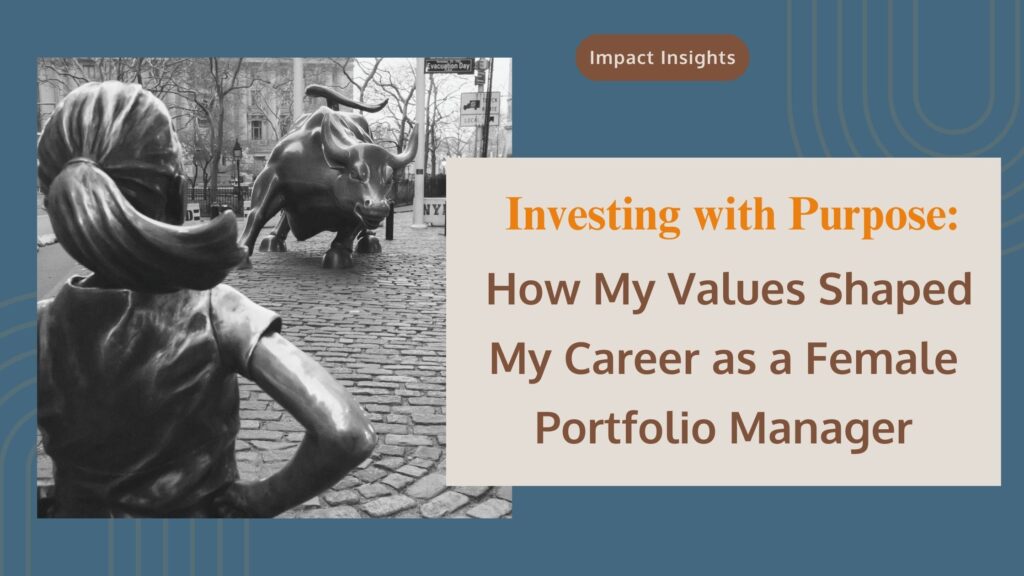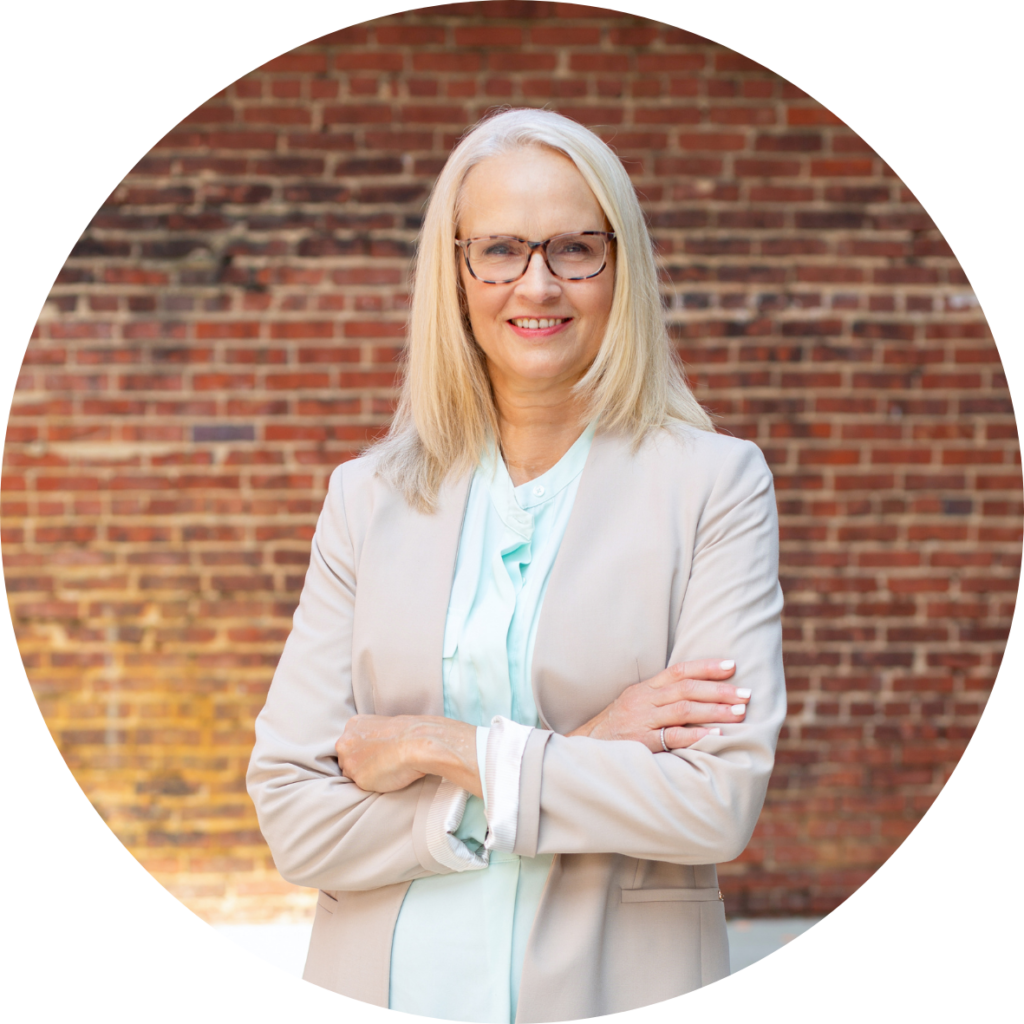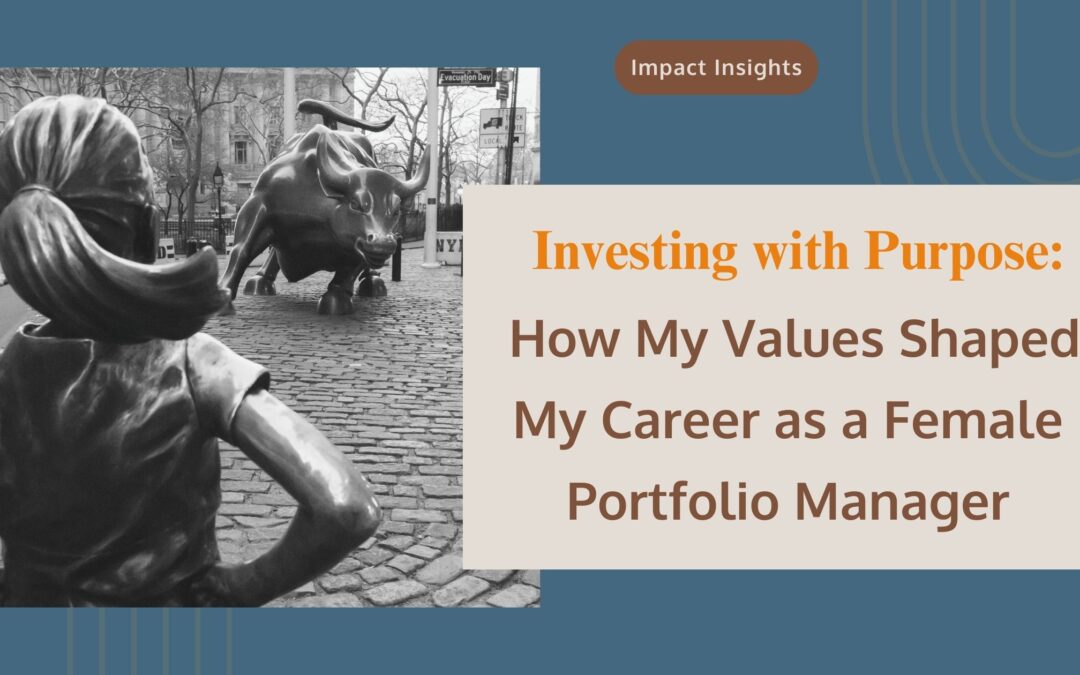
My parents greatly influenced my decision to become a portfolio manager.
My mom, born in 1928, taught me about the power of a women’s network – and the importance of being informed about money. She and her friends formed an investing club, “The Dividends,” where they met monthly to discuss stocks and jointly invest.
My dad, born in 1922, was an engineer and entrepreneur with a strong interest in the stock market. When I was a teenager, we would sit at the dining room table and discuss the stock market, while he checked the stock prices in the Wall Street Journal. And when I moved to Manhattan, bored working for an architectural design firm, he was the one who said: “You’re good in math. Go give Wall Street a try.”
And so, I did. I spent nearly 10 years in institutional money management working on a bond trading desk (Wall Street), a hedge fund (Connecticut), and then on a bond trading desk and for an asset management group (London).
I left the financial services industry in 1999 partially due to a values disconnect – it really is a “dog eat dog” industry, and one that had impacted my health. However, after witnessing the devastation of the 2008 Financial Crisis, I returned to the industry in 2010 with a social mission: to support working professionals, especially women and their families, by leveraging my financial skills.
The gender disparity in portfolio management is stark. As of September 2023, only 12.1% of global portfolio managers were women, and in the U.S., just 1.4% of assets were managed by women or people of color. Despite evidence that female fund managers often perform as well as or better than their male counterparts, progress in these areas has stalled for over a decade. By returning to the industry, I aimed to be part of the solution.
This industry is challenging – it can be tough for individuals to understand why it may be important for your advisor to be the portfolio manager, rather than outsourcing this function.
What Is “Outsourcing”?
- Many advisors focus on managing the client relationship, often outsourcing clients’ money to third-party fund managers.
- This approach is efficient, allowing more time for client relationships and sales.
- However, it distances the advisor from the portfolio manager, making it harder to explain the strategy during market downturns.
- Advisors increasingly use ETFs and mutual funds. While ETFs are useful, they limit control over sustainability. Even “ESG” funds often include investments in sectors like fossil fuels, which contribute to climate change.
Why Hands-On Portfolio Management Matters
- As a portfolio manager, I have direct control over the securities in our proprietary Alexis Impact Portfolios, rather than relying on a third party. This means that I can address clients’ questions about the investment strategy – the why, what and how of each portfolio.
- This strategy allows me to adjust more quickly in times of volatility, and it also means that I can field questions about account performance and impact.
- Hands-on portfolio management provides greater flexibility for tax planning and often results in less turnover than portfolios that are outsourced.
- Outsourcing comes at a cost. For many the fees associated with outsourced portfolio management, or fund expense ratios are added on top of the investment advisory fee paid to the advisor.
- Stock picking allows me to assess each company’s social and environmental impact, excluding those that neglect climate change or gender diversity.
I have a passion for the intersection between money and social impact – supporting women and families in the money conversation.
Let’s talk more! Click here to schedule.

Roberta with her parents, who inspired her journey in Portfolio Management.

About the Author
Roberta Keller
Roberta is passionate about the intersection of money and social impact. Her goal has been to build a business that integrates her institutional money management experience with her yoga and meditation practices.

